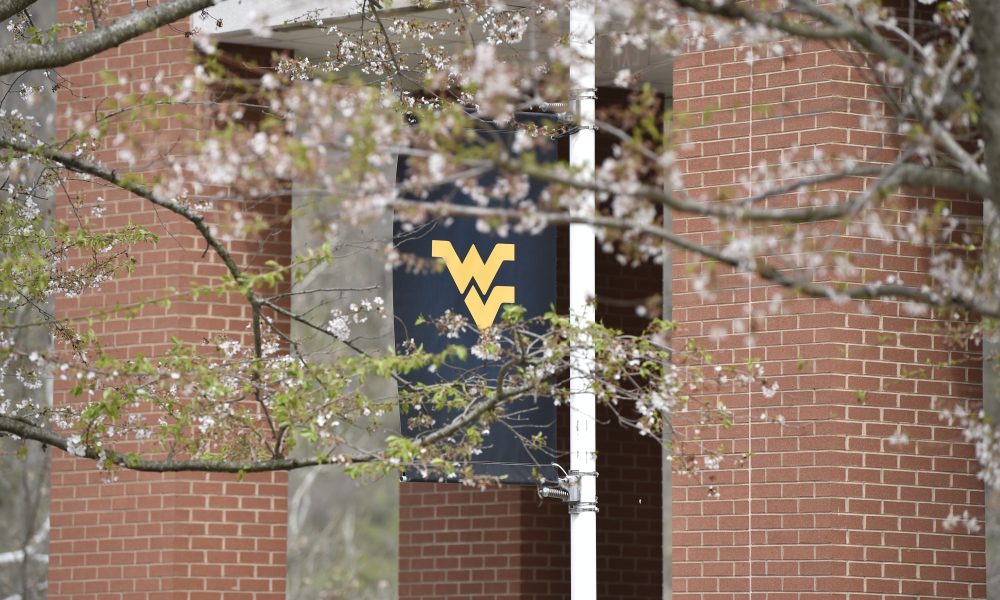MORGANTOWN, W.Va. — West Virginia University has issued the following notice on a resource available to state media:
A West Virginia University expert is addressing the effects lingering winter weather and fluctuating temperatures could have on trees, shrubs and flowers heading into the official start of spring on Monday, March 20.
West Virginia University experts can provide commentary, insights and opinions on various news topics. Search for an expert by name, title, area of expertise, or college/school/department in the Experts Database at WVU Today.
Here is information for articles on the effects lingering winter weather and fluctuating temperatures could have on trees, shrubs and flowers:
Mira Danilovich, associate professor with WVU Extension and the Davis College of Agriculture, Natural Resources and Design and consumer horticulture Extension specialist, has insights on how plants weather up-and-down temperatures.
Quotes:
“With hot spells followed by temperatures in the mid-20s and low-30s, some trees and flowers will start to ‘move.’ Swollen buds are a sign that water has started to flow through the trees. When it comes to flowering trees, if the flowers are swollen but not open yet, they can sustain temperatures in high to mid-20s with only minor injury.
“Throughout West Virginia, many people have fruit trees planted on their property. How the weather affects flowers in fruit trees truly depends on the stage of the flower bud development. Right now, most of the fruit trees still appear tight and swollen, with some early green on the buds. Fruit trees at this stage can sustain temperatures into the high teens.
“Curled up and crinkled leaves or dark patches on the flower petals are signs of cold injury. Unopened flowers might be a bit crinkled too. Some of the cells might have been injured and, on that side, the growth will be slower than on the side where there was no damage. In other words, growth may appear lopsided. Our flowers and plants affected by the freezing temperatures will recuperate, but still show the ‘scars’ of the frost encounter.
“Late fall and early spring are the best times to prune your trees, shrubs and other plants. I encourage people to start sprucing up and cutting back their plants in mid-March just as spring officially arrives.” — Mira Danilovich, associate professor and consumer horticulture specialist, WVU Extension
MEDIA CONTACT: Tara Curtis
Director of Communications & Marketing
WVU Extension
304-293-7996; [email protected]





